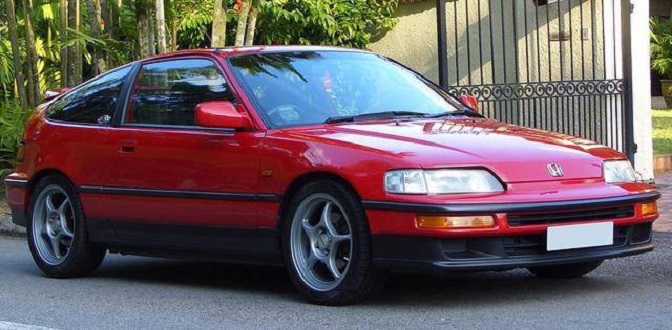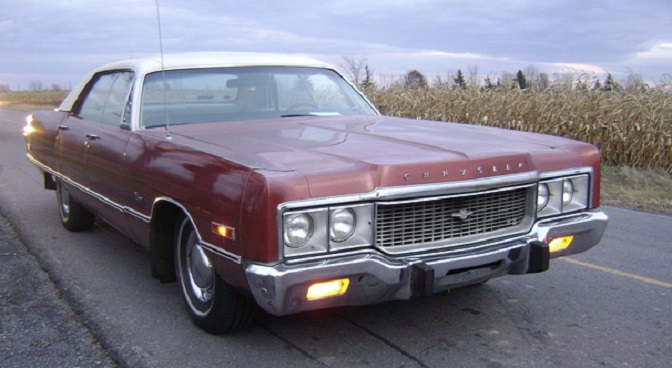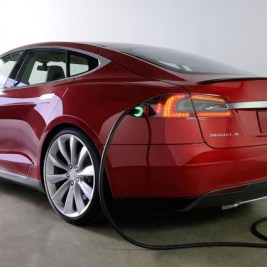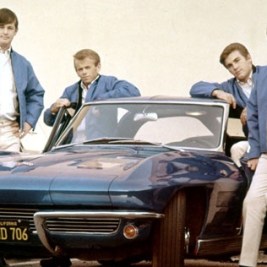Less than a mile per gallon.
That’s all the further improvements in technology have gotten us in more than two decades.
On-road fuel economy for the entire fleet of vehicles – cars, trucks, buses and motorcycles – improved to 17.6 mpg in 2013 from 16.9 mpg in 1991, according to researchers Michael Sivak and Brandon Schoettle at the University of Michigan Transportation Research Institute (UMTRI).

The picture improves when they considered only light-duty vehicles – the cars, pickups, minivans and SUVs most of us drive – but only a little: two miles per gallon to 21.6 mpg, Sivak and Schoettle reported.
The results were part of a study that documented and analyzed the annual changes in actual fuel economy of vehicles on U.S. roads in the 90 years from 1923 to 2013 by using information about distances driven and fuel consumed to calculate fuel economy of the overall fleet and different classes.
RELATED: Americans crazy like a fox when considering hybrid, electric vehicles?
Indeed, the researchers found that fuel economy decreased more than two mpg from 1923 to 1973 before turning around in the last 40 years, although that improvement actually has slowed.
“After the 1973 oil embargo, vehicle manufacturers achieved major improvements in the on-road fuel economy of vehicles,” said Sivak. “However … improvement has decreased substantially since 1991.” Overall fuel economy rose 52 percent from 1973 to 1991 but only 10 percent since, the researchers said.

On the brighter side, fuel economy for cars rose to an average 23.4 mpg by 2013 from only 13.4 in 1973. That’s a 74.6 percent increase over the last 40 years.
“Despite steady advancements in fuel-saving technologies in the last 25 years, on-road fuel economy for all vehicles has improved by less than a mile per gallon during that time – partly because it takes many years to turn over the fleet,” explained a UMTRI press release on the study.
For example, it would take almost 15 years to turn over all 258 million light vehicles on U.S. roads if they were replaced at the rate of 17 million new-vehicle sales per year expected this year.
The average age of light vehicles on U.S. roads now is calculated at 11.5 years – a record high which is expected to reach 11.7 years by 2018 – in part because of greatly improved vehicle quality.
That also means that tens of millions of vehicles are operating with older, less fuel-efficient technology.
But, really, one mile per gallon?


